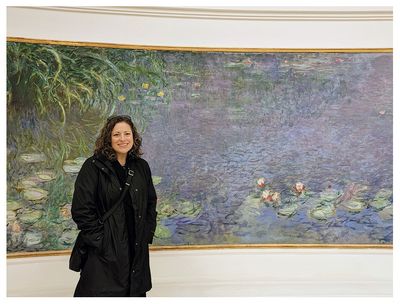
Nymphéas (The Water Lilies) by Claude Monet (Matin/Morning) |
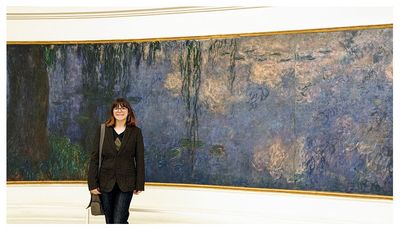
Nymphéas (The Water Lilies) by Claude Monet (Le Matin aux saules/The morning with the Willows) |
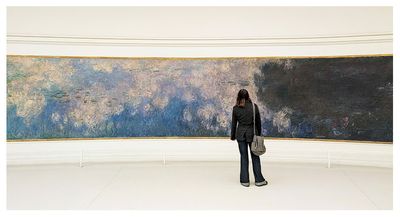
Nymphéas (The Water Lilies) by Claude Monet (Les Nuages/The Clouds) |
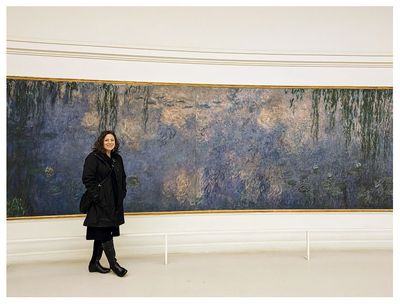
Nymphéas (The Water Lilies) by Claude Monet (Le Matin aux saules/The morning with the Willows) |
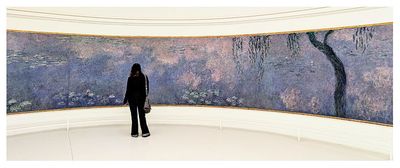
Nymphéas (The Water Lilies) by Claude Monet (Les Deux Saules/The Two Willows) |
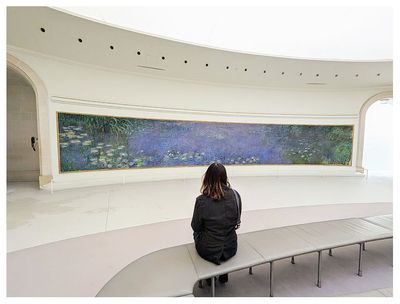
Nymphéas (The Water Lilies) by Claude Monet (Matin/Morning) |
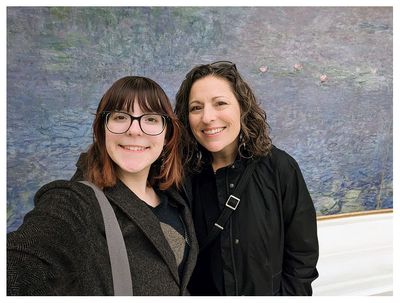
Nymphéas (The Water Lilies) by Claude Monet (Matin/Morning) |
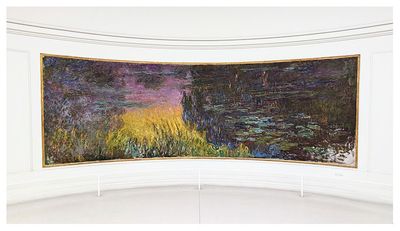
Nymphéas (The Water Lilies) by Claude Monet (Soleil couchant/Sunset) |
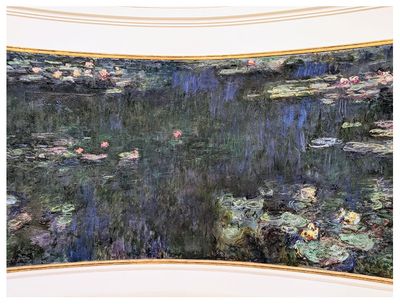
Nymphéas (The Water Lilies) by Claude Monet (Reflets verts/Green reflections) |
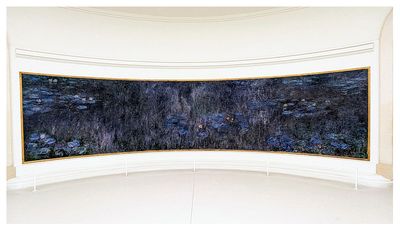
Nymphéas (The Water Lilies) by Claude Monet (Reflets d'arbres/Reflections of trees) |

Nymphéas (The Water Lilies) by Claude Monet (Reflets verts/Green reflections) |
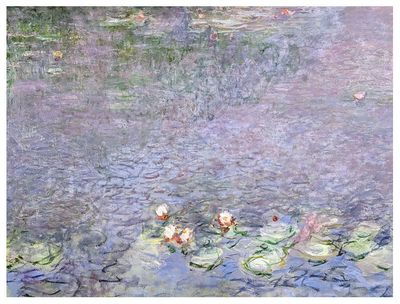
Nymphéas (The Water Lilies) by Claude Monet (Matin/Morning) |
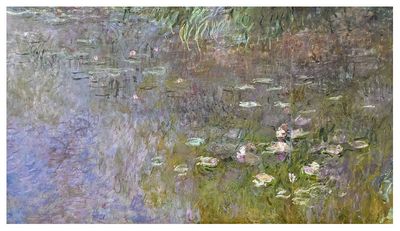
Nymphéas (The Water Lilies) by Claude Monet (Matin/Morning) |
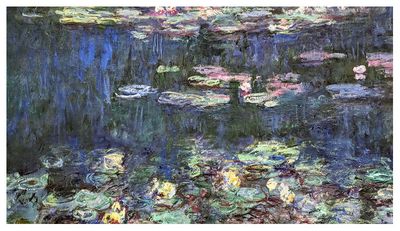
Nymphéas (The Water Lilies) by Claude Monet (Reflets verts/Green reflections) |
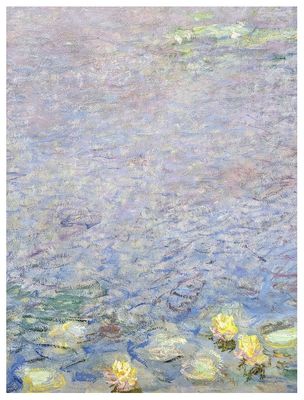
Nymphéas (The Water Lilies) by Claude Monet (Matin/Morning) |
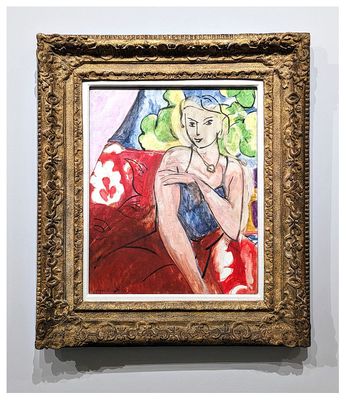
Seated Woman by Henri Matisse |
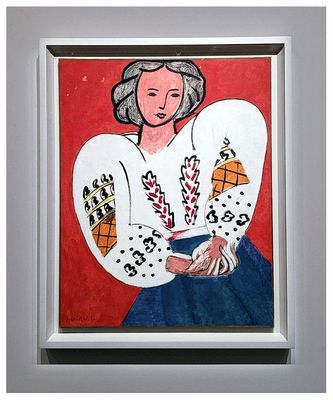
La Blouse Roumaine by Henri Matisse |
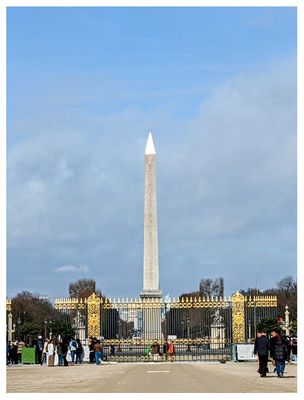
The Luxor Obelisk in Place de la Concorde |
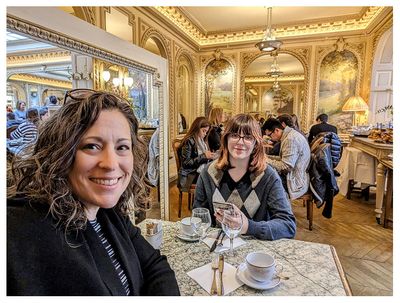
Angelina |
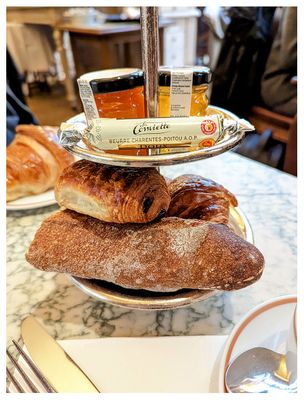
The Parisian breakfast |
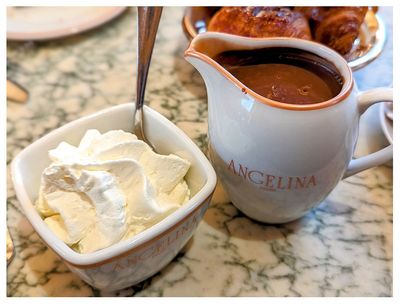
The famous hot chocolate |
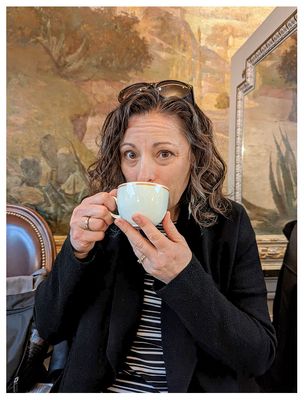
The famous hot chocolate |
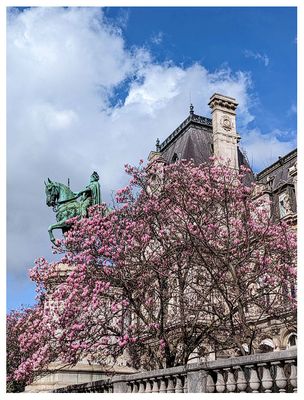
Statue of Étienne Marcel by Antonin Idrac at Hôtel de Ville |
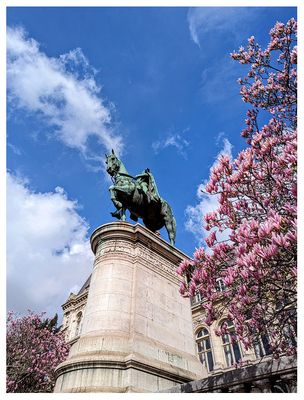
Statue of Étienne Marcel by Antonin Idrac at Hôtel de Ville |
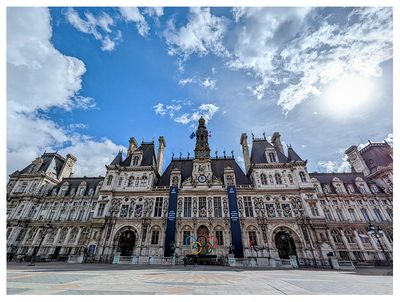
Hôtel de Ville |

Hôtel de Ville |
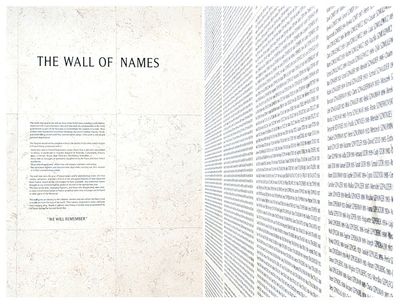
Mémorial de la Shoah Wall of Names |
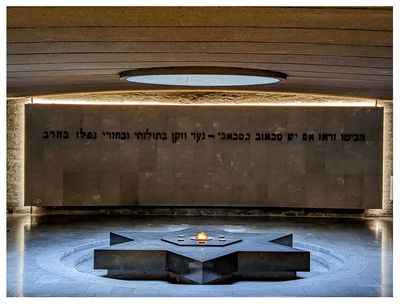
Mémorial de la Shoah Crypt |
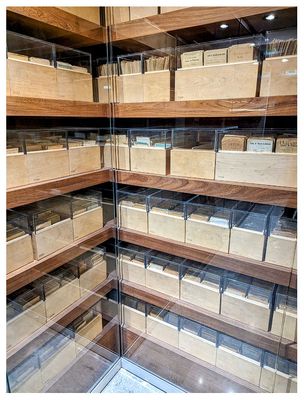
Mémorial de la Shoah Jewish FIles |
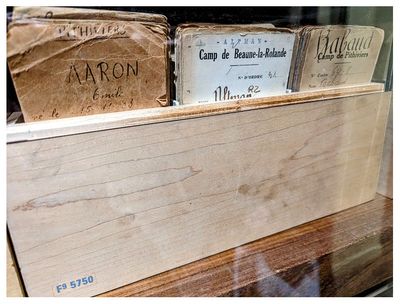
Mémorial de la Shoah Jewish Files |
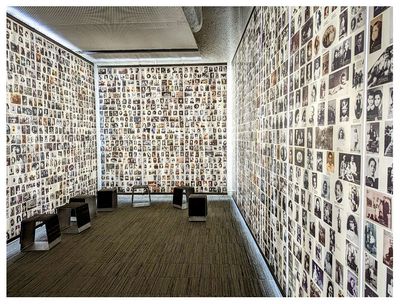
The Children's Memorial |

The Children's Memorial |
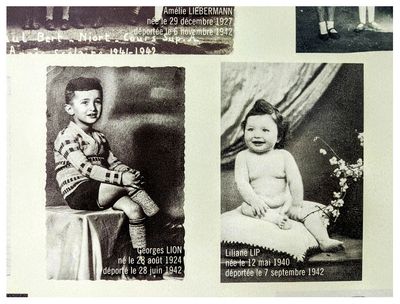
The Children's Memorial |
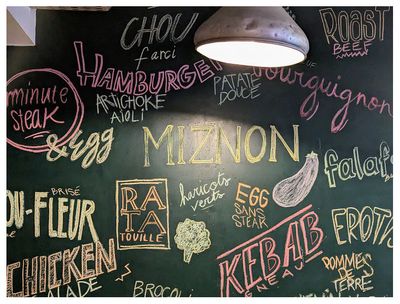
Miznon Marais |
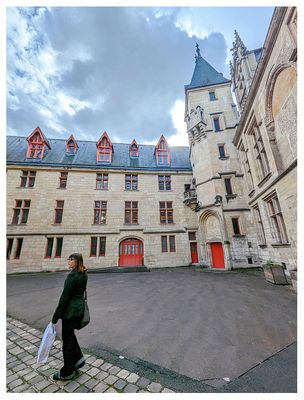
Hôtel de Sens |
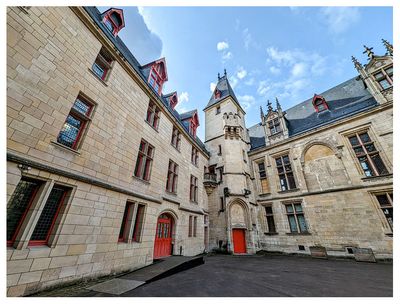
Hôtel de Sens |
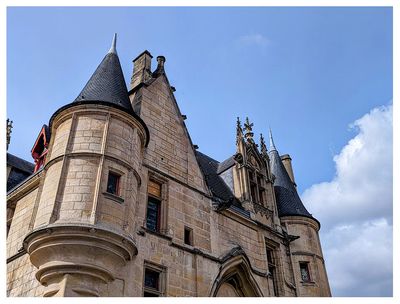
Hôtel de Sens |
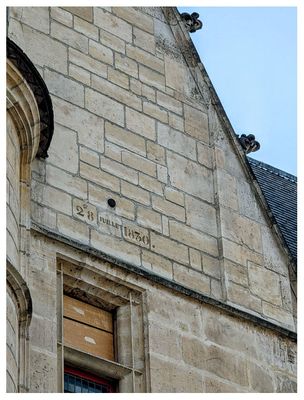
Hôtel de Sens cannonball |
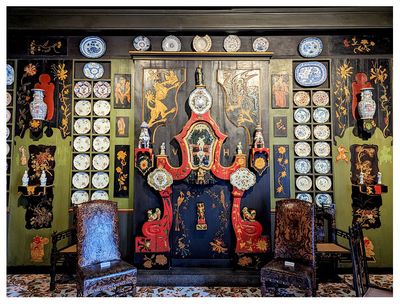
The Victor Hugo House in Place des Vosges -The Chinese Room |
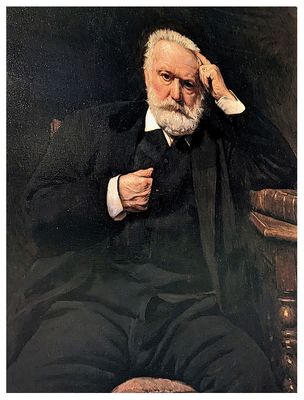
The Victor Hugo House in Place des Vosges |
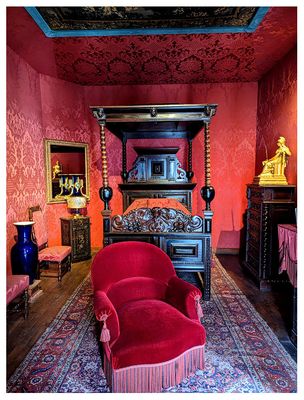
The Victor Hugo House in Place des Vosges - The Bedroom |
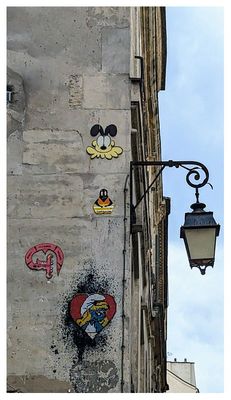
Gz'Up Octopus street art |
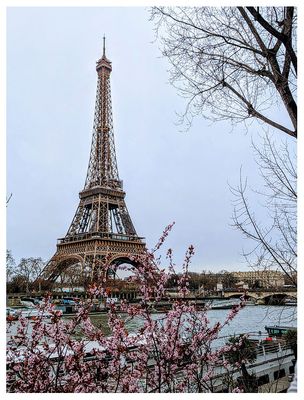
The Eiffel Tower |
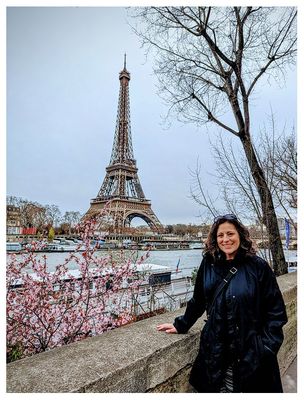
The Eiffel Tower |
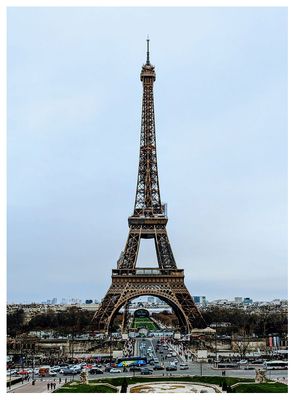
The Eiffel Tower |
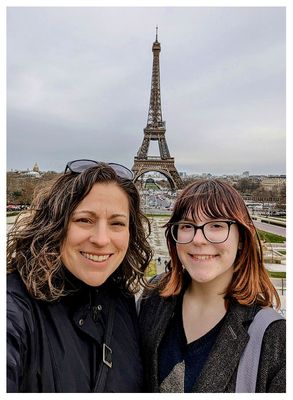
The Eiffel Tower |

Place du Trocadéro |
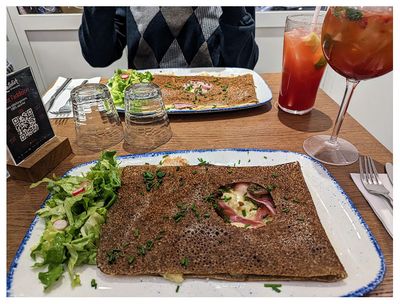
L'Atelier Artisan Crêpier - Mabillon |
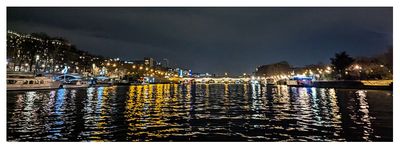
Vedettes du Pont Neuf - Seine River cruise |
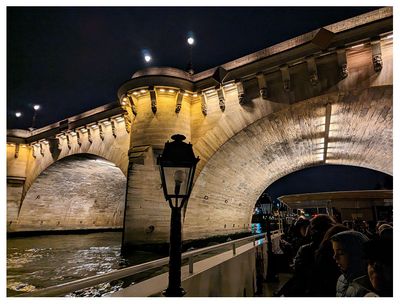
Seine River cruise |
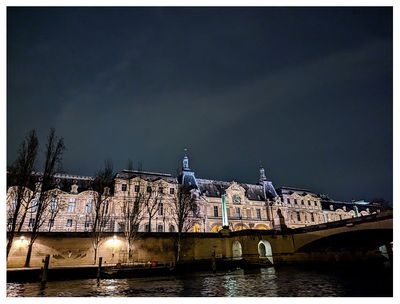
Seine River cruise - The Louvre |
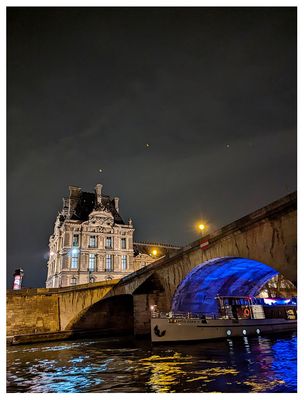
Seine River cruise |
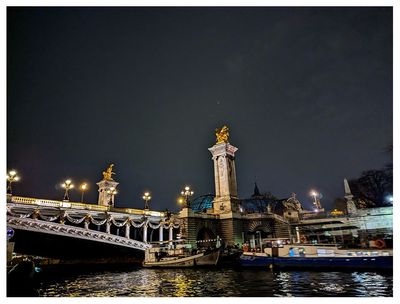
Seine River cruise - Pont Alexandre III |
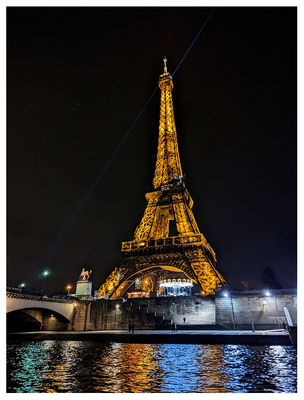
Seine River cruise - the Eiffel Tower |
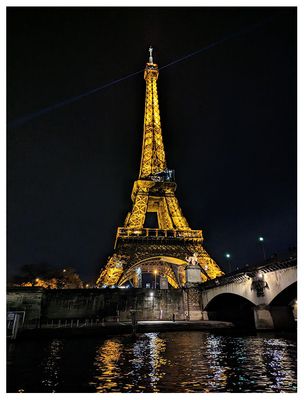
Seine River cruise - the Eiffel Tower |
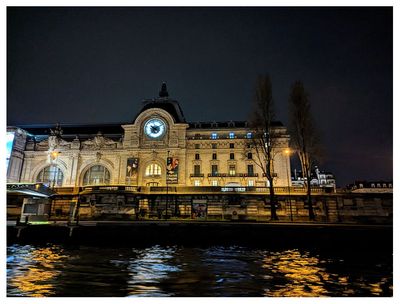
Seine River cruise - Musée d'Orsay |

Itty bitty elevator at Hotel le Clement |











